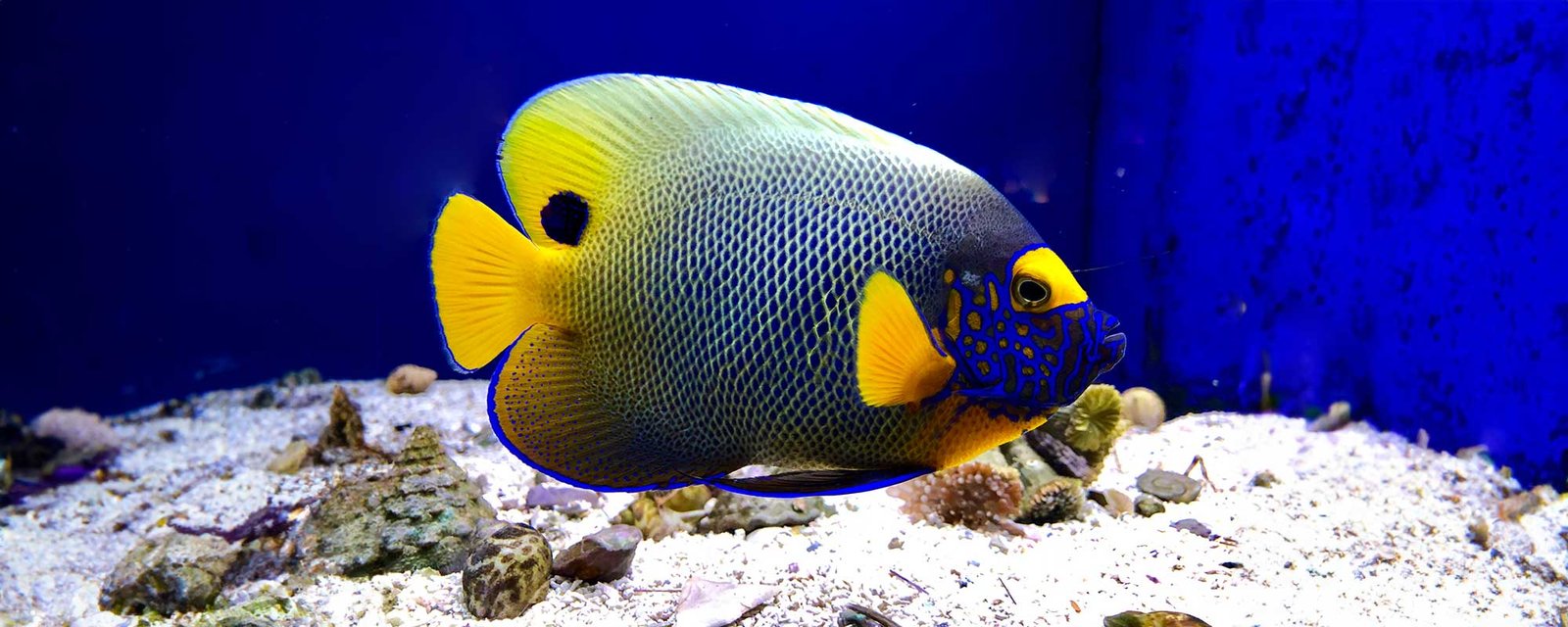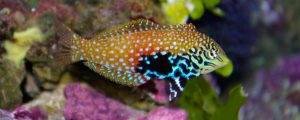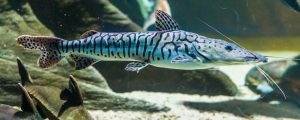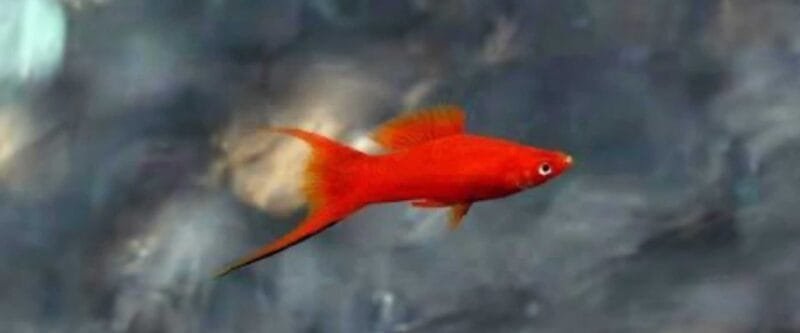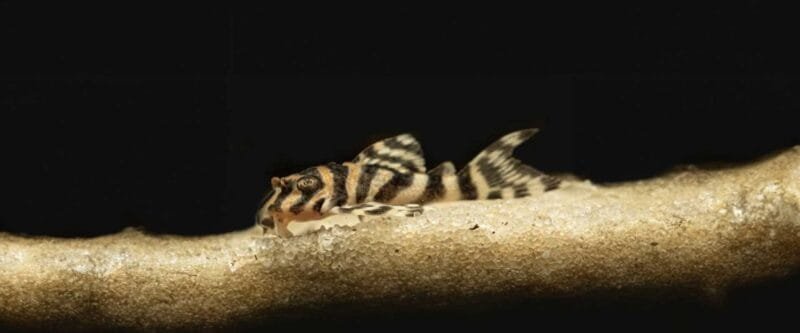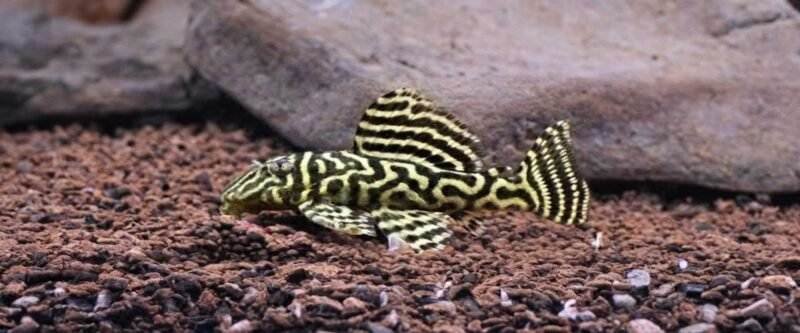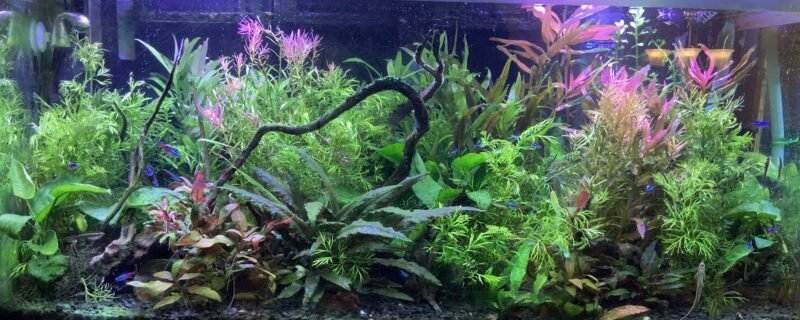The Resplendent Blueface Angelfish: A Majestic Marvel of the Ocean
Introduction
The enchanting world beneath the waves holds an array of captivating marine creatures, and among them, the Blueface Angelfish (Pomacanthus xanthometopon) stands as a true jewel of the sea. Admired for its vibrant colors and regal presence, this species has garnered the admiration of marine enthusiasts worldwide. In this blog post, we’ll embark on a journey to uncover the mesmerizing qualities of the Blueface Angelfish, including its Latin name, size, natural habitat, types, dietary preferences, alternative names, feeding requirements, and the aspects of its care that make it both a prized addition and a delightful challenge for aquarium enthusiasts.
Blueface Angelfish Basics
Latin Name: Pomacanthus xanthometopon
Size: The Blueface Angelfish is known for its impressive size, often reaching lengths of 15 to 18 inches (38 to 46 centimeters) when fully mature. Their grandeur is a sight to behold in both the wild and captivity.
Natural Habitat: These majestic angelfish are predominantly found in the warm, tropical waters of the Indo-Pacific region. Their range spans from the Red Sea to the coasts of East Africa and extends eastward towards the islands of Micronesia and French Polynesia.
Habitat: In the wild, Blueface Angelfish inhabit rocky and coral-rich reef environments, thriving at depths ranging from 3 to 100 feet (1 to 30 meters). Their striking colors and intricate patterns provide effective camouflage within the vibrant coral formations.
Types: The Blueface Angelfish (Pomacanthus xanthometopon) represents a distinct species, but within the Pomacanthus genus, there are numerous other angelfish species, each distinguished by its unique coloration and markings.
Diet and Feeding Habits
Blueface Angelfish are omnivorous and have a diverse diet that includes:
- Algae: A substantial portion of their diet comprises marine algae, particularly filamentous and macroalgae.
- Sponges: They feed on sponges found on the reef, contributing to the control of sponge populations.
- Invertebrates: Small invertebrates, such as zooplankton and tiny crustaceans, also form a part of their diet.
In aquariums, it’s essential to offer them a varied diet that includes marine-based foods and vegetable matter to replicate their natural feeding habits.
Alternative Names
While commonly known as the Blueface Angelfish, they may also be referred to as the Yellowface Angelfish due to their distinctive facial coloration. Another name often associated with them is the Yellowmask Angelfish, emphasizing the eye-catching yellow markings around their eyes.
Feeding Requirements
In captivity, Blueface Angelfish should be provided with a balanced diet that replicates their natural feeding habits. This includes:
- High-quality marine flake or pellet food
- Fresh or frozen seafood, such as shrimp and mussels
- Algae and seaweed-based foods
Feed them 2-3 times a day, providing only what they can consume within a few minutes to maintain water quality.
Ease of Care
While Blueface Angelfish are undoubtedly captivating, they are considered moderately challenging to care for in a home aquarium. Several factors to consider include:
- Tank Size: Due to their large size, a spacious aquarium of at least 180 gallons is recommended to provide them with ample swimming space.
- Compatibility: They can be territorial and may exhibit aggression toward other angelfish or similarly colored species. Carefully select tankmates and introduce them gradually.
- Water Quality: Blueface Angelfish are sensitive to changes in water quality. Maintaining stable conditions with a temperature range of 72-78°F (22-26°C) and a pH level of 8.1-8.4 is crucial.
- Feeding: Their diet should be well-rounded and include a variety of foods to meet their nutritional needs.
Conclusion
In conclusion, the Blueface Angelfish (Pomacanthus xanthometopon) is a magnificent addition to any marine aquarium, showcasing the splendor of the underwater world. While their care requirements can pose challenges, the reward of observing their regal presence and vibrant colors is unparalleled. With dedication to maintaining optimal water quality and providing a diverse diet, aquarists can enjoy the majestic beauty of the Blueface Angelfish in their own aquatic sanctuary.

